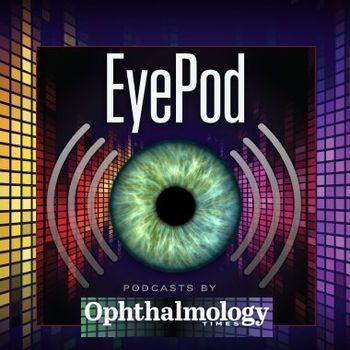
Device-independent tool interprets corneal topography
San Diego-There is a great variety of instruments and displays commercially available to assess corneal topography. The array of instrumentation makes it increasingly difficult to interpret corneal topography maps correctly. During the Innovator's Session of the recent annual meeting of the American Society of Cataract and Refractive Surgery, Stephen D. Klyce, PhD, introduced a device-independent neural network-based tool that automatically interprets corneal topography maps.
Dr. Klyce described programs that he and his colleagues, Naoyuki Maeda, MD, and Michael K. Smolek, PhD, developed that assess the qualitative characteristics of the topography of the corneal topography maps. These initial programs were built to detect keratoconus only.
"Unfortunately, these programs are extremely complicated and very difficult to adapt to the different topographers. Our challenge was to develop a device-independent classifier for corneal topography to reduce the guesswork in the interpretation of corneal topography maps," Dr. Klyce explained.
Newsletter
Don’t miss out—get Ophthalmology Times updates on the latest clinical advancements and expert interviews, straight to your inbox.













































